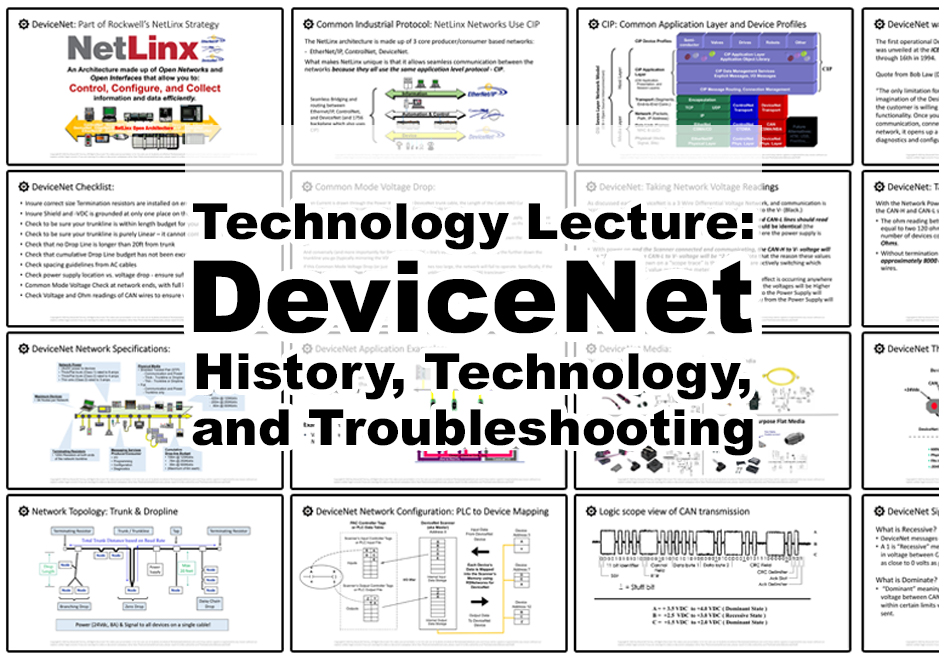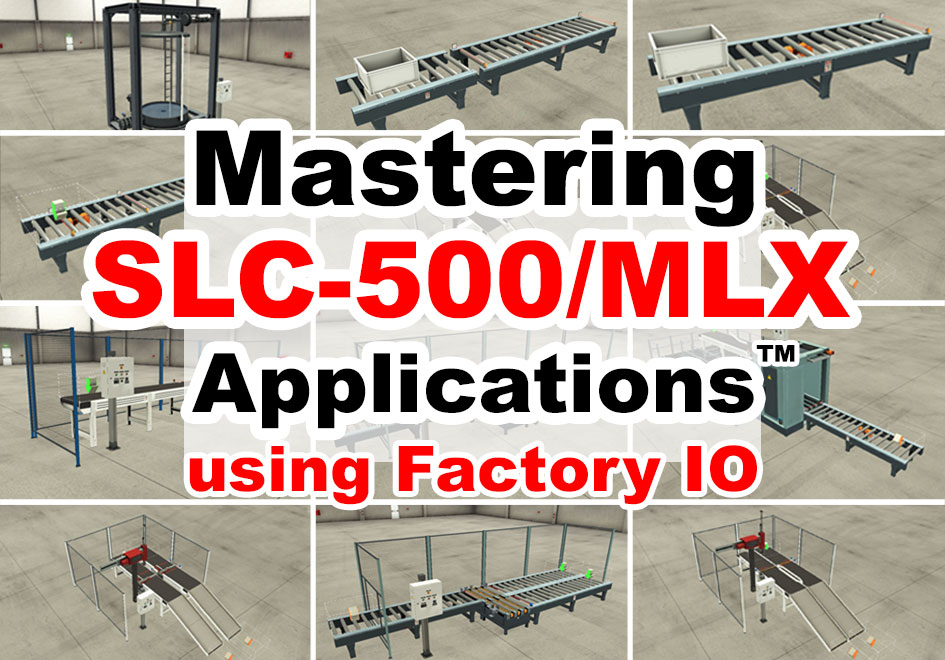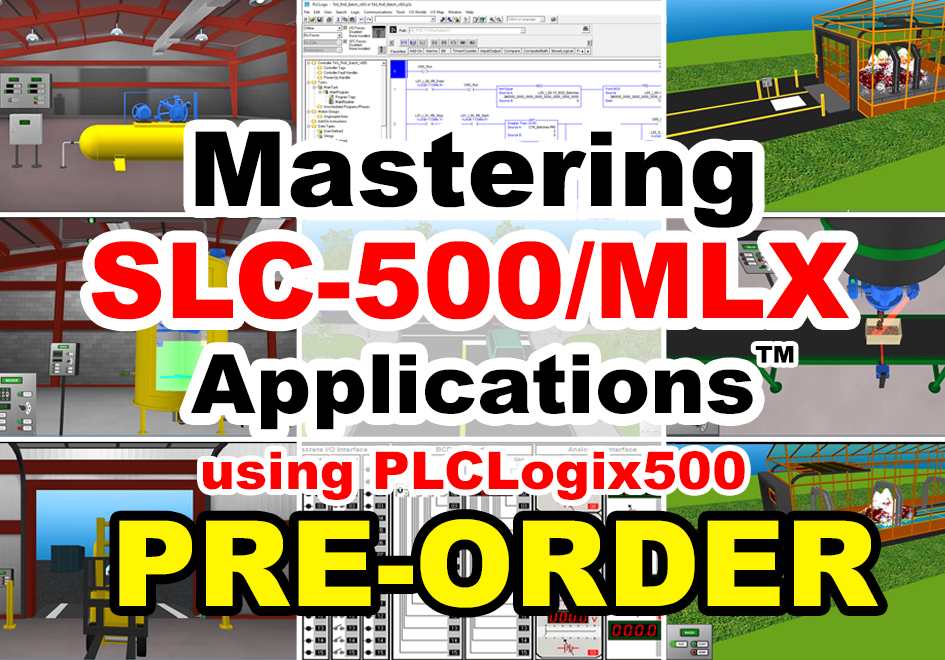
PAC Basics Extended Edition
Learn to setup, use, and program the Allen-Bradley ControlLogix PAC (Programmable Automation Controller), including:
| ✓ ControlLogix hardware overview | ✓ System sizing & component selection |
| ✓ Controller architecture and OS | ✓ Comm hardware and RSLinx Driver setup |
| ✓ Version differences, Flashing Firmware | ✓ Add and test Local and Distributed I/O |
| ✓ Create and edit Tasks and Programs | ✓ Create and test Ladder Routines |
| ✓ Create and test Function Block Routines | ✓ Create and use User Defined Data Types |
| ✓ Create and test Structured Text and SFC | ✓ Integrate VFDs, Message Controllers |
Course Content
Reviews
Great course. Would recommend to anyone who needs to learn contrologix PACs.












































